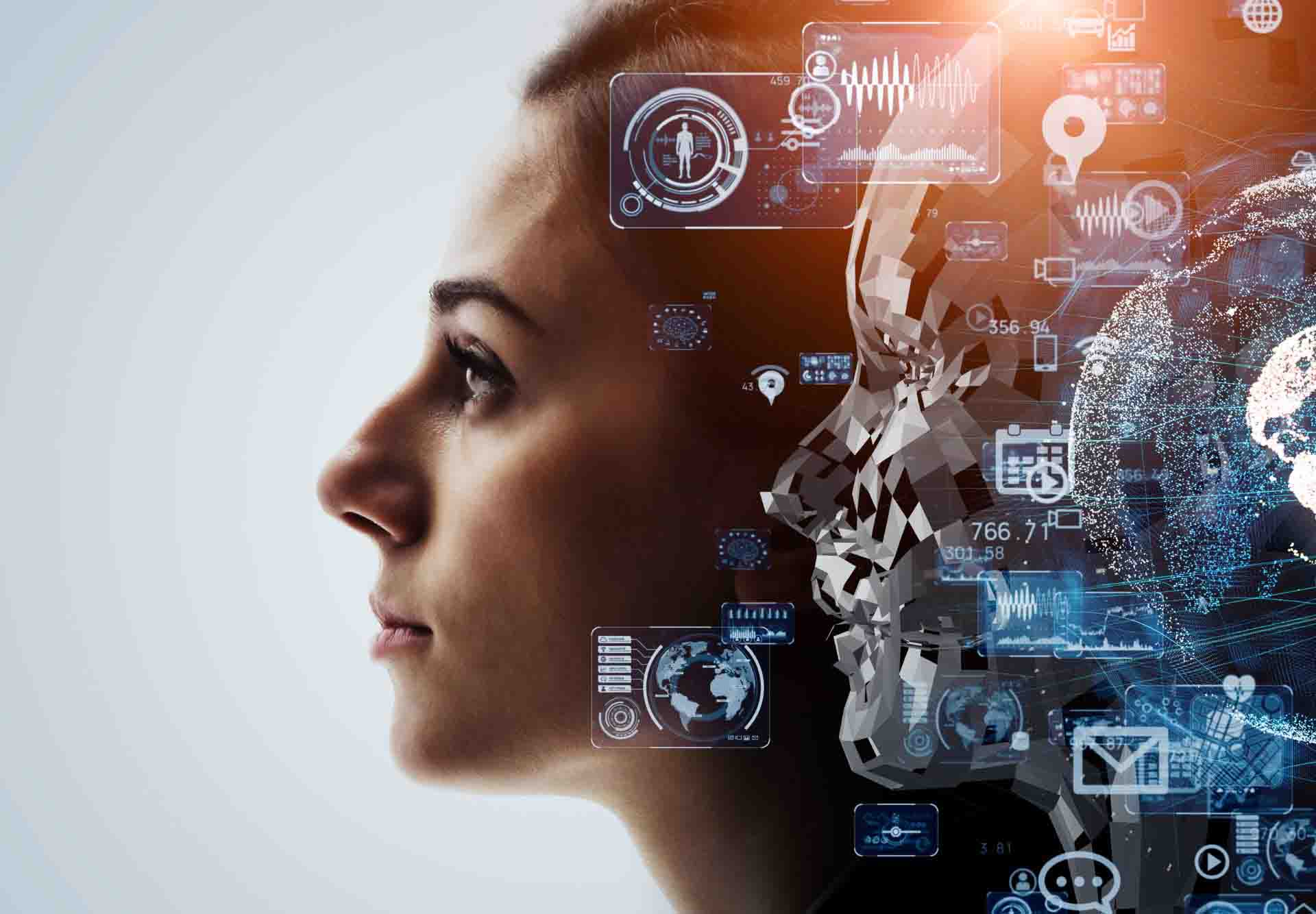Peering into how artificial intelligence (AI) and natural language processing (NLP) are revolutionizing our interactions with diverse technological tools.
The preceding year has seen a tremendous evolution in the global digital domain, particularly in how humans converse with machines. The landscape has so profoundly transformed that people across generations are rapidly getting accustomed to AI models like OpenAI’s ChatGPT.
This transformative revolution owes much to the leaps made in NLP and conversational AI. A sub-branch of AI, NLP aims at facilitating the communication between computers and humans employing regular speech and language patterns. NLP’s ultimate goal is to decode, comprehend, and translate human language into a format that’s both easily understandable and digestible for users.
To shed more light, it merges computational linguistics, which refers to rule-based modeling of human language, with disciplines like machine learning, statistics, and deep learning. Consequently, NLP systems empower machines to comprehend, interpret, generate, and respond to human language in a relevant and contextual manner.
NLP comprises numerous core tasks and techniques, like part-of-speech tagging, named entity recognition, sentiment analysis, machine translation, and topic extraction. These tasks assist machines in understanding and producing human-like responses. For instance, part-of-speech tagging identifies the grammatical category of a given word, whereas named entity recognition identifies individuals, companies, or locations in a text.
Reshaping Communication Frontiers with NLP
Even though AI-enabled technology has only recently entered the mainstream, it has significantly influenced many over the last decade. Personal aids like Amazon’s Alexa, Google’s Assistant, and Apple’s Siri have seamlessly integrated into our daily lives, helping us with tasks ranging from setting reminders to managing our smart homes.
The enigmatic blend of NLP and AI powers these helpers, allowing them to understand and respond to human speech. However, the application of NLP and AI extends far beyond, impacting various other sectors. In customer service, for example, chatbots have automated customer support, delivering immediate responses to customer inquiries.
Equipped to handle multiple customer interactions concurrently, these automated chatbots have considerably reduced waiting times.
Language translation is another arena where NLP and AI have shown tremendous advancement. Current translation apps can now interpret text and speech in real-time, breaking language barriers and enabling cross-cultural communication.
A publication in The Lancet highlights that these translation capabilities can revolutionize the healthcare sector. Experts believe that these systems can assist in countries with inadequate healthcare providers, enabling foreign medical professionals to deliver live clinical risk assessments.
Sentiment analysis, another application of NLP, is being used to decipher the emotional nuances behind words. This technology makes responses from platforms like Google Bard, ChatGPT, and Jasper.ai even more human-like.
With their increasing capabilities, these technologies can be incorporated into social media monitoring systems, market research analysis, and customer service delivery. Analyzing customer feedback, reviews, and social media conversations allow businesses to gain precious insights into customer sentiment towards their products or services.
Lastly, AI and NLP have invaded the world of content generation. AI-powered systems can now produce human-like text, generating everything from news articles to poetry, assisting in creating website content, producing personalized emails, and drafting marketing copy.
The Future of AI and NLP
The future of AI and NLP looks quite promising, according to many experts. Dimitry Mihaylov, the Chief Science Officer for the AI-based medical diagnosis platform Acoustery, predicts the integration of multimodal input, including images, audio, and video data, as the next big leap in AI and NLP.
Similarly, Alex Newman, a protocol designer at Human Protocol, foresees NLP and AI as having a significant impact on individual productivity. He also anticipates the open-sourcing of data platforms to better serve languages that have traditionally been neglected by translation services.
Scott Dykstra, the Chief Technical Officer for AI-based data repository Space and Time, envisions the future of NLP in the convergence of edge and cloud computing. He forecasts most smartphones coming with an embedded large-language model that will work in conjunction with a massive foundational model in the cloud.
However, the journey ahead is not without hurdles. Access to high-quality, large-volume data sets for training and performance is a significant challenge due to various data privacy laws. Additionally, the shortage of qualified professionals to develop these industry-specific models poses a substantial barrier.
Furthermore, the integration of AI systems into various industries, modification of workflows, and education present substantial challenges. AI and NLP systems require regular maintenance, particularly when the quality of answers and a low probability of error are vital.
In conclusion, as the use of these advanced technologies continues to grow, it will be intriguing to witness how the existing digital landscape continues to evolve and mature. This is especially pertinent given the swift rate at which AI is infiltrating various industries.

